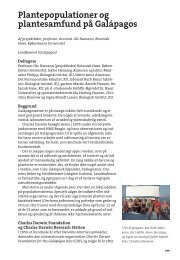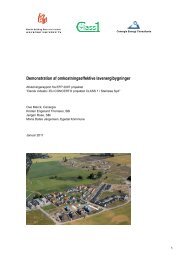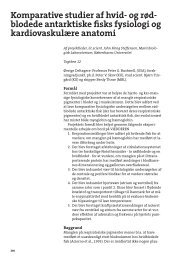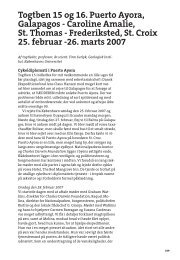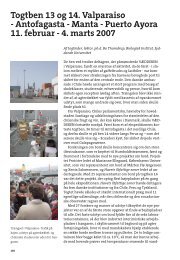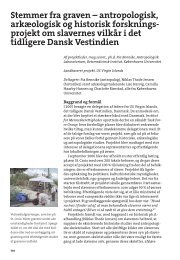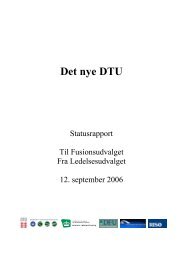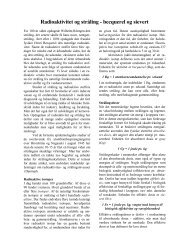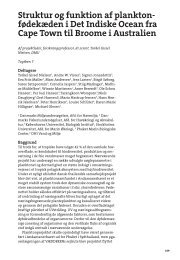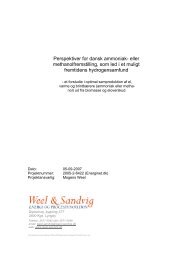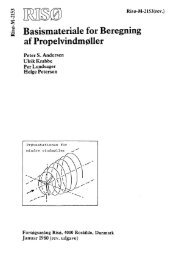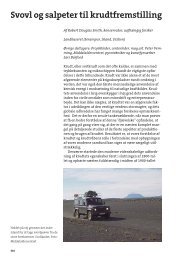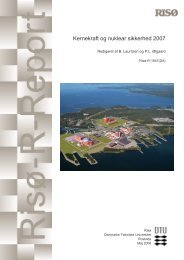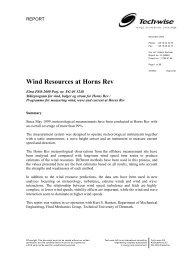Properties of hemp fibre polymer composites -An optimisation of ...
Properties of hemp fibre polymer composites -An optimisation of ...
Properties of hemp fibre polymer composites -An optimisation of ...
Create successful ePaper yourself
Turn your PDF publications into a flip-book with our unique Google optimized e-Paper software.
Figure 18. From <strong>fibre</strong> filament to aligned <strong>fibre</strong> assemblies: The drafting process with<br />
three pairs <strong>of</strong> rollers at different rotation speed (v; left), followed by ring spinning to get<br />
yarn (Grosberg and Iype, 1999; centre) and filament winding <strong>of</strong> yarn to get aligned <strong>fibre</strong><br />
assemblies (Modified from Madsen, 2004; right).<br />
6.2 From <strong>fibre</strong> assemblies to composite materials<br />
6.2.1 Fibre part<br />
Composite materials can be reinforced with non-woven <strong>fibre</strong> mats, with woven yarn and<br />
with wound yarn. Plant <strong>fibre</strong>s from different origins are useful as reinforcement. These<br />
<strong>fibre</strong>s originate from leaves (sisal, pineapple and henequen), from bast (flax, <strong>hemp</strong>,<br />
ramie, jute, kenaf), from seed (cotton) and from fruits (coconut husk) (Mohanty et al.,<br />
2000; Table 2; Table 3).<br />
Risø-PhD-11 33



